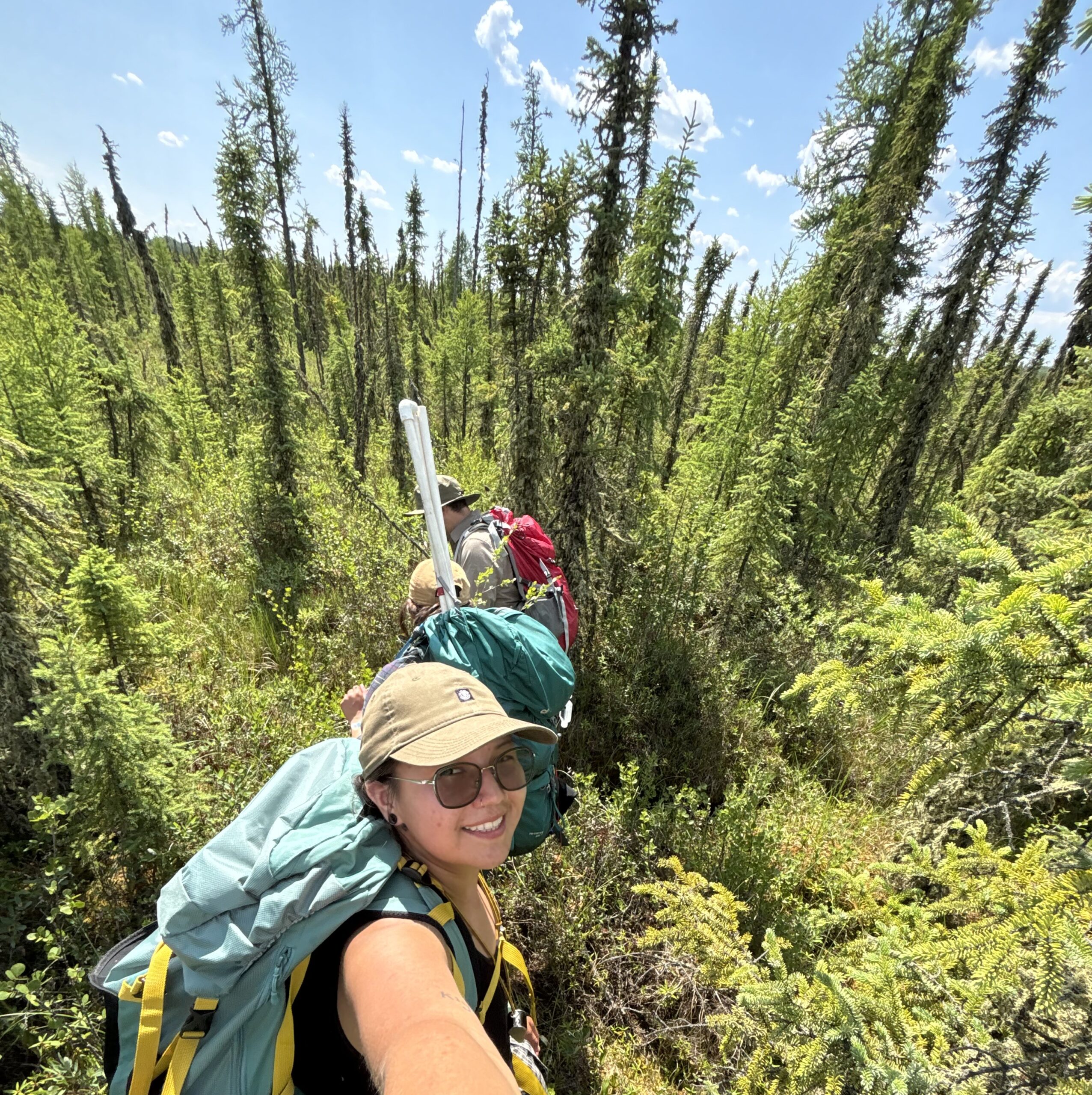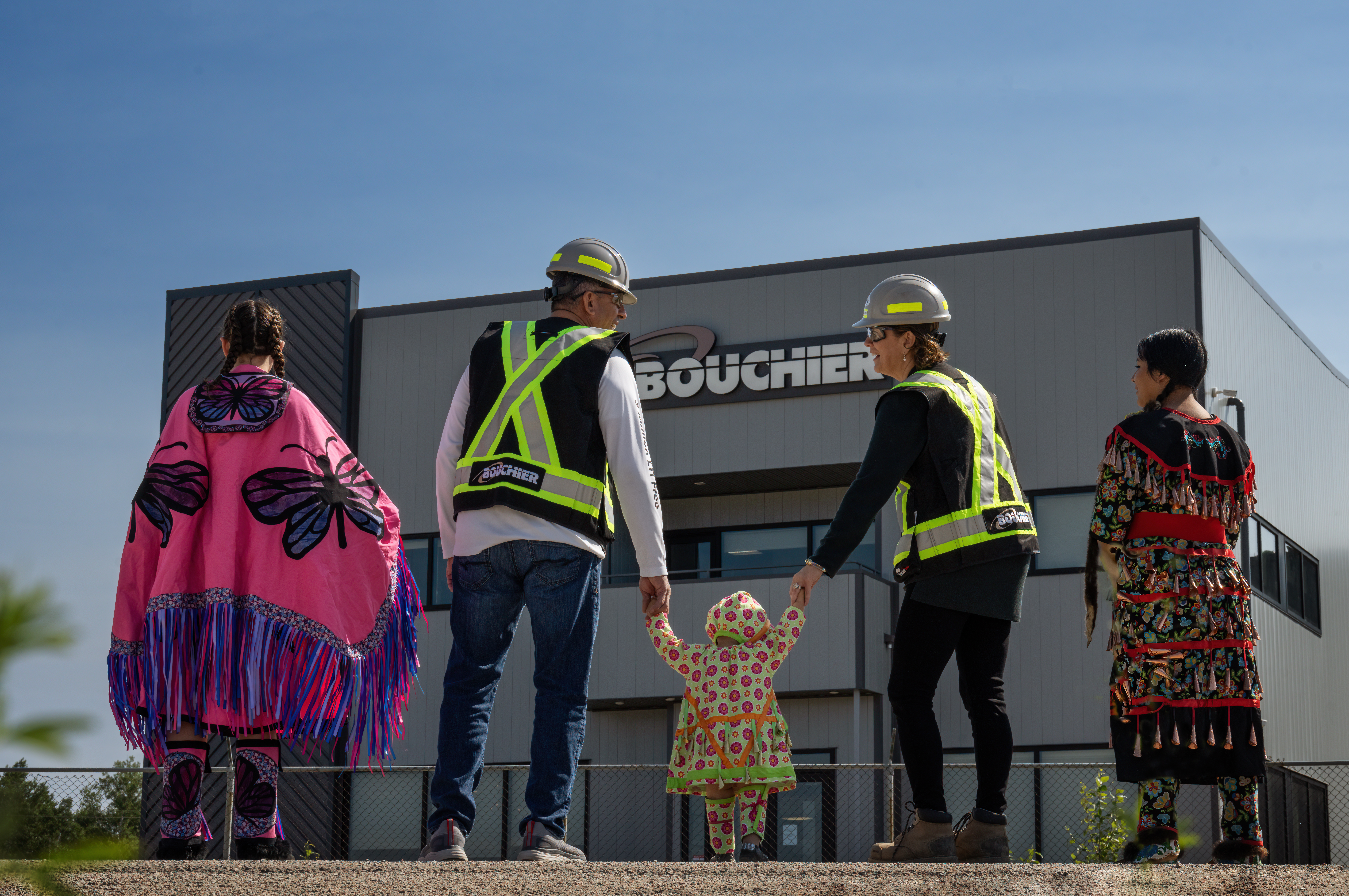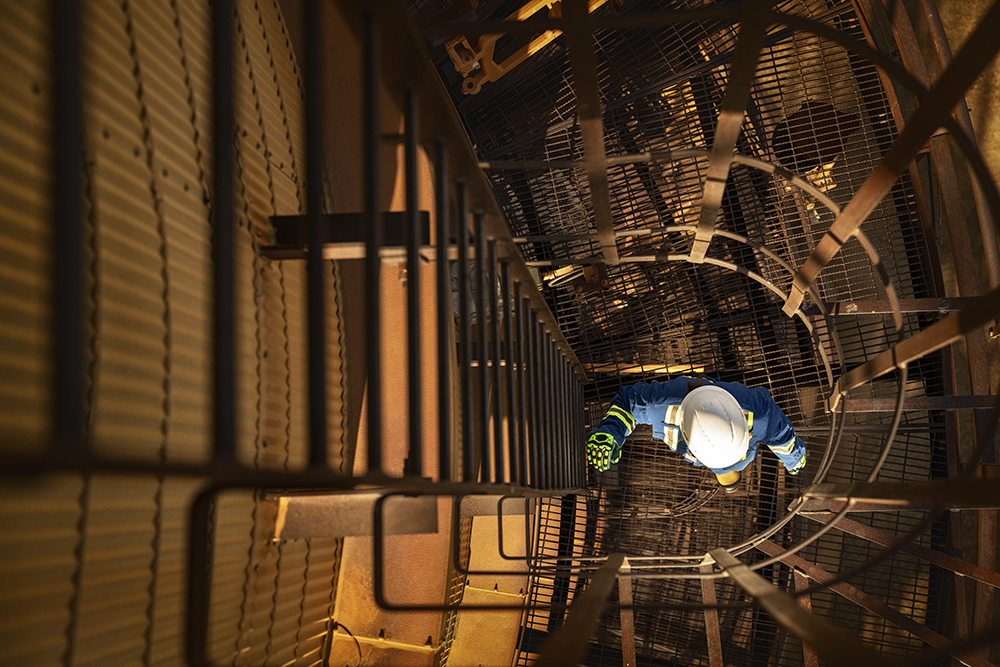Learning on her land – Indigenous research assistant helps federal forestry study in northeastern Alberta
December 3, 2024

Shania Desjarlais-Larocque’s childhood was spent in the sprawling boreal forest surrounding the small Métis community of Conklin about 350 kilometres northeast of Edmonton.
“I grew up in the bush – it’s all around us here,” says Shania. “When I was younger, I wanted to be outdoors. I always thought about pursuing a career involving that.”
When the opportunity to become a research assistant for a summer project with the Canadian Forest Service became available, Shania grasped it with both hands.
“I was always interested in learning about plants from both the Western lens and the Indigenous lens,” says Shania, who is in the second year of the leadership and management program at Blue Quills University, an Indigenous-based post-secondary institution in St. Paul, Alberta. “I am a hands-on learner so being outdoors really grounds me. This job has allowed me to learn more about the local landscape.”
The internship, which was supported by funding from the Pathways Alliance, saw Shania work in the field with a research team at the Canadian Forest Service, a federal government department that provides science and policy expertise and advice on national forest sector issues. The team, led by forest ecologist Anna Dabros, studied the effects of vegetation on seismic lines created by the energy industry versus undisturbed forest.
Dabros, whose career has taken her through back country across Canada to focus on plants in peatlands and bogs, appreciated having somebody from Conklin as part of the team.
“Conklin was our base for the past few summers. After field work was done for the day, I’d cycle around the Conklin area. It’s so remote and beautiful,” said Dabros, who has worked for the service for the past 15 years. “This is their land and community members know things about this land that I do not. I always thought I could learn much from them, things that I may never have noticed. After my first summer in Conklin, I met with the community and presented my research to them. We went out in the field, and they pointed out plant species to me that I know the scientific name for, but they told me the traditional uses which I did not know. No amount of courses or research articles will ever teach you that.”
Philip Hoffman, an Insect Biodiversity Technician with the Canadian Forest Service, enjoyed his days in the field with Shania in the marshes surrounding the community.
“I had been up to Conklin a few times before and had made connections with people in Conklin — they know me as the “bug” guy in the community — but working with Shania opened a lot more doors,” says Philip, who collected spiders and other arthropods as part of the research project. “With Shania, we had a lot of really interesting cultural conversations when we were on the land. One thing we did before we started work is to offer tobacco to give back to Mother Earth and said a prayer. This really helped everybody become more comfortable. It really helped gain trust and build relationships. Shania invited me to pick sweetgrass with her and her friend which was a very positive experience.”
And for her part, Shania took away a lot of knowledge from her internship.
“I learned a lot from those guys as well. It just goes to show that we are all doing what we are meant to do. Something I learned and shared with my family is the Western scientific side of the ecology and comparing that to the oral teachings from our Elders,” she says. “I also found a lot of good medicine spots from my field work which I have shared with community members.”
And she would encourage other Indigenous students to take on a research assistant role with the service.
“It’s important to be open minded to both Western and Indigenous perspectives. But be prepared to get muddy.”


